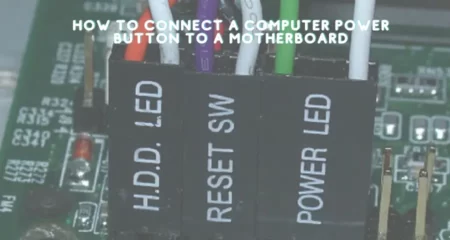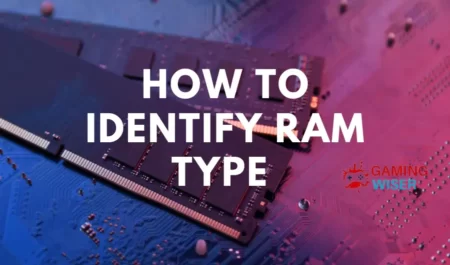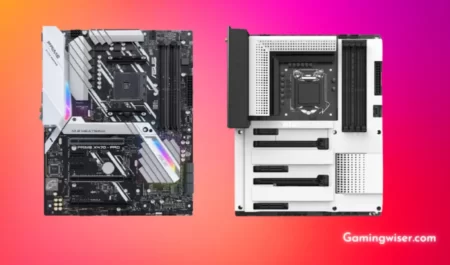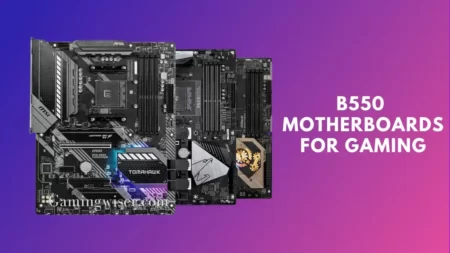Like most people, you probably don’t know what UEFI is and does your Motherboard Supports UEFI. But if you’re a PC enthusiast, you should be aware of it. UEFI stands for Unified Extensible Firmware Interface, a new type of firmware offering many advantages over traditional BIOS.
One of the biggest advantages of UEFI is that it supports much larger boot volumes than BIOS. This means you can install your operating system on a larger hard drive or SSD, which can be a big plus if you have a lot of data to store.
UEFI also offers better security than BIOS. It includes features like secure Boot, which helps to ensure that your PC only boots up with trusted software. This can help to protect your system from malicious software and viruses.
So, how do you Check if your motherboard supports UEFI?
To Check If your Motherboard Supports UEFI, you should enter the BIOS, usually by pressing an F2 key, and locate a Secure Boot option or UEFI Legacy Switch. If you find either, then your motherboard supports UEFI.
What is UEFI?

UEFI is a specification that defines a software interface between an operating system and platform firmware. UEFI can support remote diagnostics and repair of computers, even with no operating system installed.
UEFI is a more modern alternative to the Basic Input/Output System (BIOS) found in most older PCs. BIOS are small pieces of code stored on a computer’s motherboard that enable workforce productivity by providing critical low-level controls without which the computer would be unable to function. However, BIOSes have several inherent weaknesses:
They are difficult to manipulate remotely, making it hard to diagnose or repair problems with a PC without physically being in front of it. They are not designed with security in mind, leaving a PC vulnerable to attack if malicious software finds its way onto the system.UEFI provides several advantages over BIOS, including:
The ability to manipulate the boot process from a remote location can be useful for troubleshooting or repairing PCs located in hard-to-reach places. Support for secure booting, which can help protect a PC from malicious software by verifying that only approved software is allowed to run at boot time. UEFI is a more modern and secure alternative to BIOS that provides improved remote management capabilities and increased security.
What are the benefits of UEFI?
There are many benefits of UEFI, including:
- Improved boot times: UEFI enables a computer to boot much faster than a computer that uses BIOS.
- Improved security: UEFI includes features that help protect your computer from malware and other security threats.
- Support for large hard drives: UEFI enables a computer to support hard drives larger than 2TB.
- Support for new technologies: UEFI enables a computer to support new technologies, such as USB 3.0 and SATA 3.0.
How do I know if my motherboard supports UEFI?
There are a few ways to check if your motherboard supports UEFI. The most common way is to look for the UEFI logo on the box or the manual that comes with your motherboard. Some manufacturers also include a sticker on the motherboard that says “Supports UEFI.”
You can also check the BIOS version number if you can’t find any mention of UEFI. To do this, restart your computer and press the key that opens the BIOS menu (this key varies by manufacturer, but it’s often F2, F11, or Del). Once you’re in the BIOS menu, look for a section called “Boot Options” or “Boot Order.” If you see an option called “UEFI Boot,” your motherboard supports UEFI.
Another way to check is to boot into Windows and open the Control Panel. Go to “System and Security” and click “Administrative Tools.” Double-click “System Information” and then expand the “Boot Configuration Data” section. If you see a line that says “Bios Mode: UEFI,” your computer uses UEFI mode.
How do I enable UEFI on my motherboard?
There are a few different ways to enable UEFI on your motherboard. The most common way is to use the BIOS setup utility to enable UEFI. You can also use boot media, such as a USB flash drive or DVD, to enable UEFI on your motherboard.
UEFI comes with a few disadvantages when compared to traditional BIOS. Firstly, it’s way more complicated than a BIOS. That’s not to say that you need to be a rocket scientist to configure it, but there is certainly a learning curve.
Secondly, it’s not compatible with as many operating systems as BIOS is. So, if you want to install an older operating system, you might need some tinkering.
Lastly, UEFI isn’t supported by every manufacturer yet, so you might need to research before buying a new motherboard to ensure it supports UEFI.
Should I use UEFI or BIOS?

The choice between using UEFI or BIOS for your motherboard can be tough. There are a few things that you should take into consideration when making your decision.
One of the most important considerations is whether or not your motherboard supports UEFI. If your motherboard does not support UEFI, you will not be able to use it.
Another consideration is whether or not you want to use UEFI or BIOS. If you are unsure which one to use, it is probably best to stick with BIOS. BIOS is the more traditional option and is less likely to cause problems.
However, if you are adventurous and want to try something new, then UEFI might be your better option.
You can always consult your motherboard manufacturer if you are still unsure about which option to choose. They will be able to give you more information about whether or not your motherboard supports UEFI.
How do I change from BIOS to UEFI?
If your motherboard supports UEFI, you should be able to change the boot mode from BIOS to UEFI. You will need to enter the BIOS/UEFI setup menu and change the boot mode from BIOS to UEFI.
The exact steps will vary depending on your motherboard and computer, but the general process is as follows:
- Reboot your computer and enter the BIOS/UEFI setup menu. This is usually done by pressing a key during Boot, such as F1, F2, F10, or DEL.
- Locate the Boot to enable or disable it. If you cannot find this setting, consult your motherboard’s manual for more information.
- Save your changes and exit from the BIOS/UEFI menu. Your computer should now boot in UEFI mode.
How to update UEFI firmware
You can update your UEFI firmware in a few different ways, depending on your motherboard and system. The simplest way is to use the manufacturer’s website to download and install the latest firmware.
If your motherboard supports it, you can update your UEFI firmware within the BIOS menu. To do this, you must enter the BIOS menu and look for the option to update the firmware.
Depending on your system, You may locate this option in different places. Consult your motherboard manual for specific instructions.
Another way to update your UEFI firmware is by using a bootable UEFI utility. This program can be run from a USB drive or CD/DVD and doesn’t require you to install anything on your computer.
Bootable UEFI updates are available from many different sources, but we recommend using one from your motherboard manufacturer.
How do I know if my motherboard is Legacy or UEFI?
Most of us never think about our computer’s motherboard and its kind, but if you’re planning on doing a clean install of Windows 10, it’s important to know the difference between a Legacy and UEFI motherboard. Here’s how to Check which one (Legacy or UEFI) you have.
To check, open the BIOS menu (press F2 or Del during bootup) and look for a message that says “UEFI BIOS” or something similar. If you don’t see that message, your motherboard is probably Legacy.
Another way to tell is by looking at the boot options in your BIOS menu. If you see an option for “Secure Boot,” your motherboard is UEFI.
Frequently Asked Questions
Can I convert BIOS to UEFI?
Yes, you can convert BIOS to UEFI. However, it is important to note that this may not be possible on all systems and may void your warranty.
How do I get UEFI BIOS?
There is no one-size-fits-all answer to this question, as the process for getting UEFI BIOS varies depending on your computer’s make and model. However, you can typically find instructions for updating your BIOS in the manual that came with your computer or on the manufacturer’s website.
Which is better, BIOS or UEFI?
There is no clear answer as to which is better – BIOS or UEFI. It depends on your specific needs and preferences. Some people prefer BIOS because it is more simple. Others prefer UEFI because it offers more advanced features and options.


![Why Motherboard Is Important? [Complete Details]](https://gamingwiser.com/wp-content/uploads/2021/11/Why-Motherboard-Is-Important-450x235.webp)







